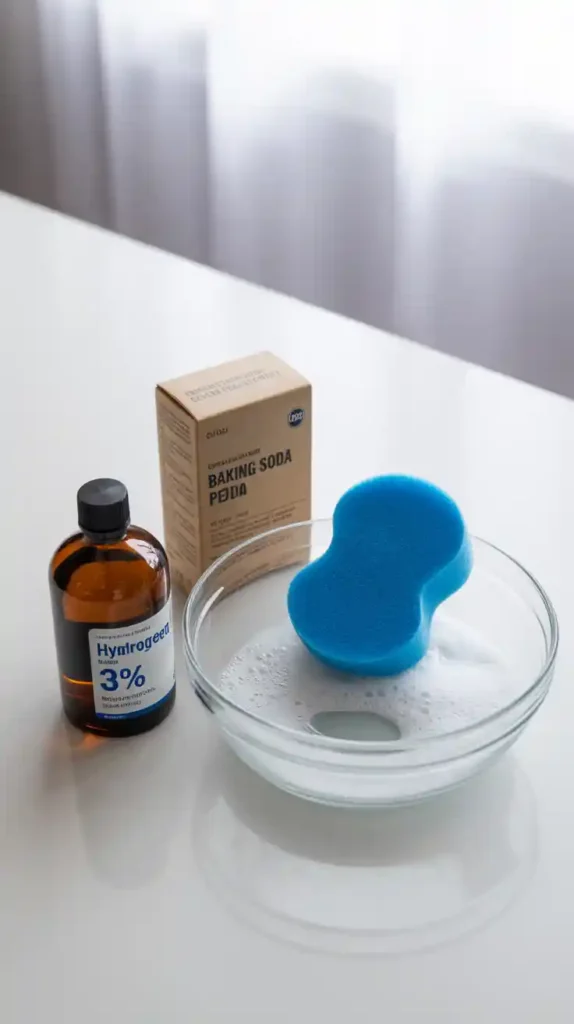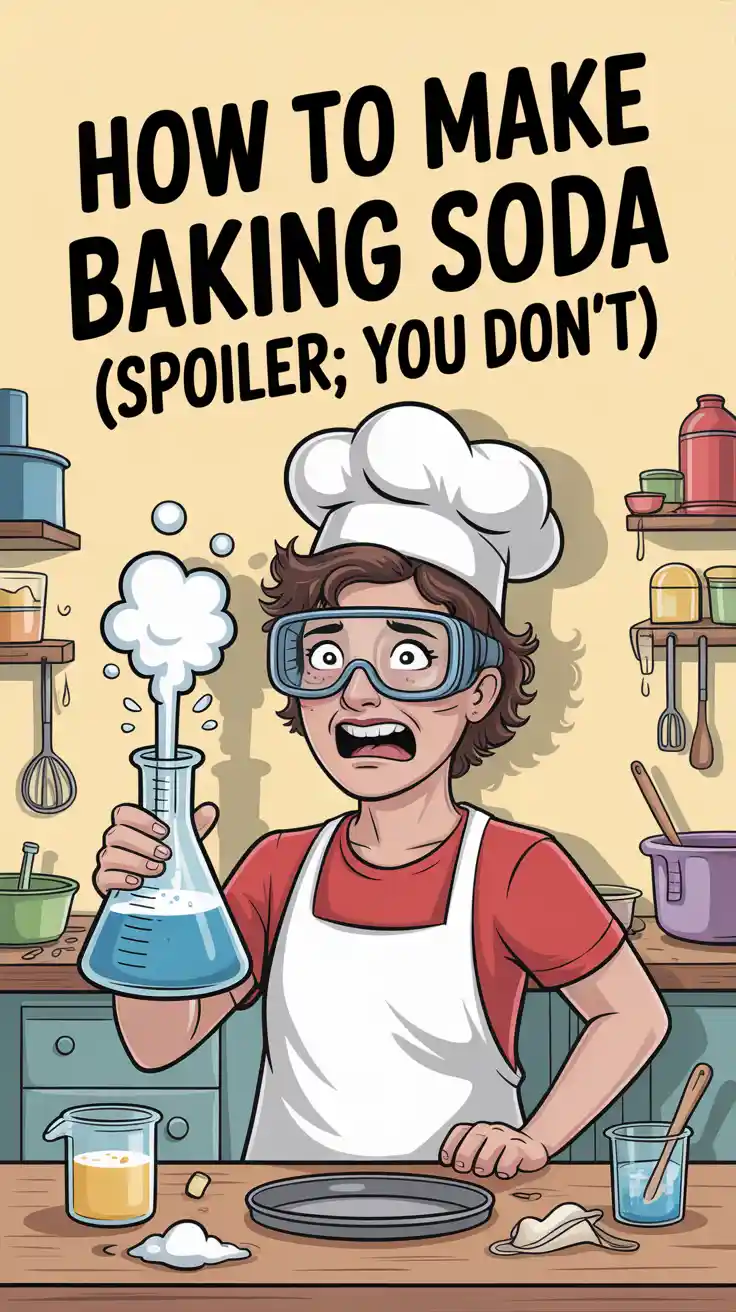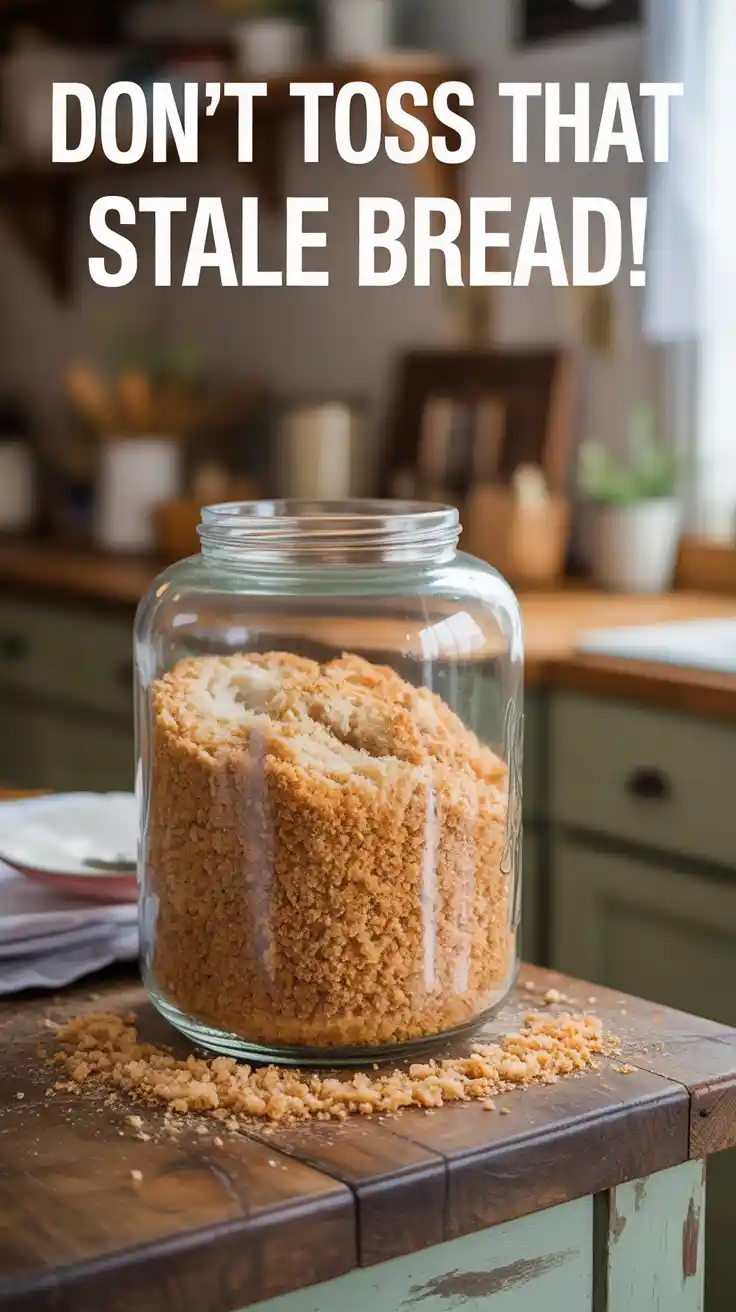The Ultimate “Recipe” on How to Clean Baking Sheets (and Resurrect Their Souls)
Go on, I dare you. Open that cupboard or drawer where you keep your baking sheets. Take a good, long, honest look. Do they have a certain… patina? A rich, brown-and-black mosaic of every cookie, every roast potato, every sheet-pan dinner you’ve ever made? Are they less “gleaming silver” and more “abstract art piece”? If you’re nodding along, you’re in the right place. This is the ultimate guide on how to clean baking sheets, and we’re about to perform a kitchen miracle.
Forget the endless scrubbing. Forget the harsh, fume-filled chemical cleaners. We are going to create a simple, magical “recipe” using two cheap ingredients you probably already have. Get ready to strip away years of baked-on grime and reveal the beautiful, shiny pan you forgot existed.
Why This “Recipe” is a Kitchen Game-Changer
So, why should you bother with this cleaning concoction instead of just buying new pans?
- It’s a Miraculous Transformation: This isn’t just cleaning; it’s a full-on restoration. This method effectively lifts and dissolves years of stubborn, baked-on grease and carbonized gunk that you thought was a permanent part of the pan. The “before and after” is deeply, profoundly satisfying.
- It Uses Cheap, Everyday Ingredients: You don’t need a fancy, expensive, specialized cleaner. This recipe calls for two humble household staples: baking soda and hydrogen peroxide. That’s it. It’s effective, it’s cheap, and it’s fume-free.
- It Saves You Money (and Embarrassment): Let’s be real, it’s a little embarrassing to bring a grimy-looking pan to a potluck. This method will save your beloved, heavy-duty pans from the trash pile and restore them to their former, presentable glory.
The “Ingredients” for Your Cleaning Concoction
To whip up this magical pan-renewing paste, you will need:
- Baking Soda: About ½ cup. This is our gentle, hard-working abrasive.
- Hydrogen Peroxide: About ¼ cup. This is our oxidizing, lifting, and bubbling agent.
- A Squirt of Dawn Dish Soap (optional): For an extra grease-cutting boost.
Tools & Kitchen Gadgets: Your Scouring Squad
Every good recipe needs the right tools.
- Your Sad, Stained Baking Sheet(s): The guest of honor.
- A Non-Abrasive Sponge or Scrubber: Think a Scrub Daddy, a blue Scotch-Brite sponge, or a brush. Do not use steel wool!
- A Small Bowl: For mixing your magic paste.
- Paper Towels or a Clean Cloth.
- An Old Credit Card or Plastic Scraper: Optional, but great for stubborn corners.
Step-by-Step Instructions: The Spa Treatment for Your Pans
Ready to turn back the clock on your baking sheets? Let’s begin the renewal process.
Step 1: The Pre-Wash
First, give your baking sheet a quick wash with hot, soapy water. This is just to remove any loose crumbs, surface grease, and the general dust of neglect. Dry it completely.
Step 2: Mix the Magic Paste
In your small bowl, combine about ½ cup of baking soda with ¼ cup of hydrogen peroxide. Add a small squirt of dish soap if you’re feeling spicy. Stir it all together. It should start to fizz and form a thick, spreadable paste, kind of like runny frosting.
Step 3: The Application
Slather your magic paste all over the stained surfaces of your baking sheet. Focus on the grimiest, most burnt-on areas and the corners. Don’t be shy; lay it on thick.
Step 4: The “Marinating” Time (The Most Important Part)
Now for the crucial step: walk away. Place your paste-covered baking sheet somewhere out of the way and let it sit for at least 2-4 hours. For truly apocalyptic levels of grime, you can even let it sit overnight.
This is not the time for impatience. The paste is doing the hard work for you, using a gentle chemical reaction to break down and loosen all that baked-on gunk. Let the science happen.
Step 5: The Scrub Down
After a few hours have passed, it’s time for the big reveal. Grab your non-abrasive sponge or scrubber and a little bit of hot water. Begin to gently scrub the pan in circular motions. You should find that the grime that was once welded to the pan now lifts off with minimal effort. It’s incredibly satisfying. For any extra-stubborn spots, use your plastic scraper.
Step 6: The Final Rinse and Reveal
Rinse the pan thoroughly with hot water to wash away all the paste and the loosened grime. Dry it with a clean cloth and stand back to admire your work. Look at that shine! You did that.
“Nutritional Info” (aka The Effort Index)
- Active Time: About 5-10 minutes of actual effort.
- Passive Time: 2 to 8 hours (letting the paste do the work).
- Calories Burned: Approximately 15, mostly from the sheer shock of seeing your pan look new again.
- Satisfaction Level: 10/10. An absolute top-tier satisfying cleaning task.
Common Mistakes to Avoid (Cleaning Crimes)
- Using Steel Wool or Abrasive Scrubbers: Please don’t do this! Using super abrasive materials like steel wool or the green side of a Scotch-Brite sponge will permanently scratch and damage the surface of your aluminum or non-stick pans. Stick to a non-scratch scrubber.
- Being Impatient: This is a recipe that relies on time. If you only let the paste sit for 15 minutes and then try to scrub, you’re going to be disappointed and your arm will be sore. You must give the paste several hours to work its magic.
- Using This on the Wrong Pans: This method is best for standard, uncoated aluminum or stainless steel baking sheets. If you have a pan with a dark, non-stick coating, test this paste on a small, inconspicuous corner first, as the baking soda can be slightly abrasive and might damage the finish.
- Expecting a Brand New Pan: This method works miracles, but it can’t turn back time completely. It will remove almost all of the burnt-on grease and stains, but it might not remove the deep discoloration or “seasoning” that has become part of the metal itself on a very old pan.
“Variations” (Other Cleaning Concoctions)
If you’re out of peroxide, here are a few other methods you can try.
1. The “Volcano” Method
For a fun, fizzy clean. Sprinkle your pan generously with baking soda. Then, pour on a layer of white vinegar. It will bubble up like a science fair volcano. Let it sit for an hour, then scrub and rinse.
2. The Cream of Tartar Polish
This is particularly good for brightening up dull aluminum pans. Make a paste with cream of tartar and a little bit of water. Scrub it onto the pan, let it sit for a bit, and then rinse.
3. The Bar Keepers Friend Method
For a more heavy-duty, commercial approach, Bar Keepers Friend is a beloved cult classic for a reason. Make a paste with the powder, scrub it on, and it will remove just about anything. Just be sure to rinse very, very well.
FAQ: Your Grimiest Questions, Answered
Is it actually bad for my baking sheets to be stained and brown?
A little bit of discoloration or “seasoning” is perfectly fine and can even help with even browning. However, a thick layer of burnt-on, sticky grease can smoke at high temperatures and impart a bitter, rancid flavor to your food. It’s good to give them a deep clean every once in a while.
How do I clean those impossible-to-reach corners?
An old toothbrush is your best friend. Dip it in the paste and use it to scrub right into those tight corners and rolled edges.
Can’t I just throw my baking sheets in the dishwasher?
You can, but it’s generally not recommended. The harsh detergents used in dishwashers can be very abrasive and can cause the metal (especially aluminum) to discolor, corrode, or lose its finish over time.
Is the baking soda and peroxide paste food-safe?
Yes, absolutely. Both are common household items that are non-toxic and rinse away completely with water, leaving no harmful residue behind.
How do I prevent my baking sheets from getting so dirty in the first place?
The two magic words: parchment paper. Lining your baking sheet with parchment paper or a silicone baking mat before you roast vegetables or bake cookies is the number one way to keep them clean and prevent that sticky, baked-on grease from ever forming.
Final Thoughts
You’ve done it. You have looked into the grimy, neglected corner of your kitchen and you have brought forth light. You have performed a kitchen miracle, transforming a sad, stained baking sheet into a sparkling beacon of cleanliness and potential.
So go on, admire your handiwork. Stack those gleaming pans with pride. And then, immediately go get them dirty again by baking a giant batch of sticky, gooey, delicious cookies. After all that hard work, you’ve earned it.




